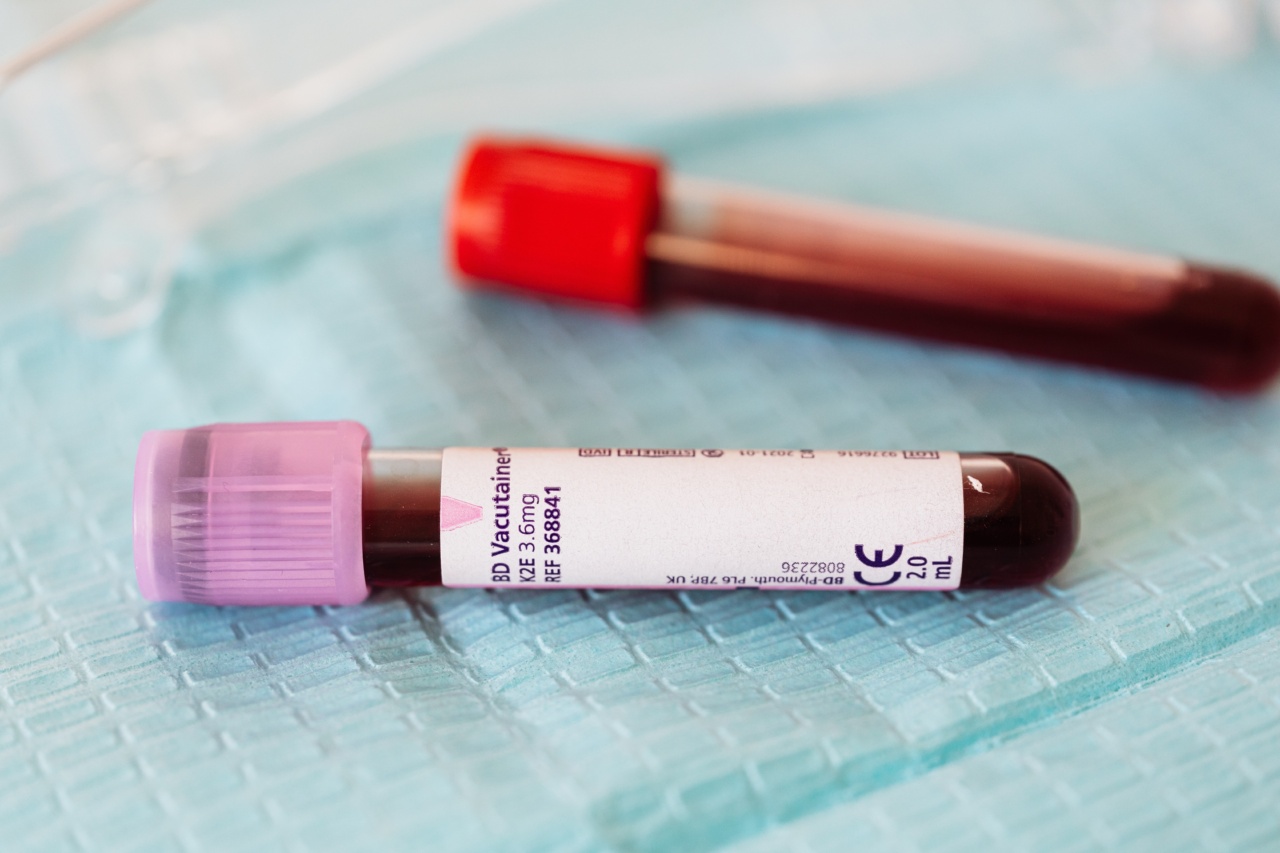Low blood pressure, also known as hypotension, is a condition that occurs when the force of blood against the artery walls is lower than normal.
Although low blood pressure is generally considered to be a good thing, as high blood pressure is a known risk factor for various health conditions, extremely low blood pressure levels can lead to dizziness, fainting, and other complications. In this article, we will discuss the causes, symptoms, and treatment options for low blood pressure.
Causes of Low Blood Pressure
Low blood pressure can be caused by various factors, including:.
- Dehydration: When your body loses more fluid than it takes in, it can lead to a decrease in blood volume and subsequently low blood pressure.
- Heart problems: Conditions such as heart attacks, heart failure, and certain heart valve problems can disrupt the normal flow of blood and result in low blood pressure.
- Endocrine problems: Disorders such as adrenal insufficiency, thyroid disorders, and diabetes can all contribute to low blood pressure.
- Medications: Certain medications, including those used to treat high blood pressure or heart conditions, can cause a drop in blood pressure as a side effect.
- Neurological conditions: Parkinson’s disease, multiple system atrophy, and other neurological disorders can disrupt the normal regulation of blood pressure.
Symptoms of Low Blood Pressure
The symptoms of low blood pressure can vary depending on the severity of the condition and the individual. Some common symptoms include:.
- Dizziness or lightheadedness, especially when standing up
- Fainting or losing consciousness
- Blurred vision or temporary loss of vision
- Nausea
- Fatigue
- Rapid or shallow breathing
- Cold, clammy skin
Diagnosing Low Blood Pressure
If you are experiencing symptoms of low blood pressure, it is essential to visit your healthcare provider for an accurate diagnosis.
Your doctor will typically perform a physical examination, review your medical history, and may order additional tests such as blood tests, electrocardiography (ECG), or a tilt table test to determine the underlying cause of your low blood pressure.
Treatment Options for Low Blood Pressure
Treatment for low blood pressure depends on the underlying cause and severity of the condition. Here are several treatment options that may be recommended by your healthcare provider:.
1. Increasing fluid intake:
Drinking plenty of fluids, especially water, can help prevent dehydration and increase blood volume, thus improving low blood pressure. It is essential to stay adequately hydrated, especially during hot weather or when engaging in physical activity.
2. Eating a balanced diet:
A healthy diet rich in fruits, vegetables, whole grains, and lean proteins can help maintain normal blood pressure levels. Avoiding excessive alcohol consumption is also recommended, as alcohol can contribute to low blood pressure.
3. Avoiding sudden posture changes:
Rapid changes in posture, such as standing up quickly, can lead to a sudden drop in blood pressure. To minimize this risk, try to transition between positions slowly and avoid prolonged standing.
4. Wearing compression stockings:
Compression stockings help improve circulation, prevent blood pooling in the legs, and raise blood pressure levels. They can be particularly beneficial for individuals who experience low blood pressure when standing or sitting for prolonged periods.
5. Medication adjustments:
If your low blood pressure is caused by specific medications, your doctor may adjust the dosage or switch to alternative medications to alleviate the symptoms.
However, any changes to medication should always be discussed with a healthcare professional.
6. Using medications to raise blood pressure:
In severe cases of low blood pressure, your doctor may prescribe medications that help increase blood pressure. These medications work by constricting blood vessels or increasing fluid volume in the blood.
However, these medications are typically reserved for individuals with dangerously low blood pressure levels.
When to Seek Medical Attention
While occasional episodes of low blood pressure may not be a cause for concern, persistent or severe symptoms should not be ignored. It is crucial to seek medical attention if you experience:.
- Frequent dizziness or lightheadedness
- Recurrent fainting or loss of consciousness
- Chest pain or shortness of breath
- Rapid, irregular heartbeat
- Significant fatigue or weakness
- Severe nausea or vomiting
These symptoms may indicate an underlying medical condition that requires prompt treatment.
Conclusion
Low blood pressure, while generally considered beneficial, can cause discomfort and complications in certain individuals.
By understanding the causes, symptoms, and treatment options discussed in this article, you can take appropriate steps to manage and treat low blood pressure. Remember, consulting with a healthcare professional is paramount for an accurate diagnosis and personalized treatment plan.





























